$0.00
No products in the cart.
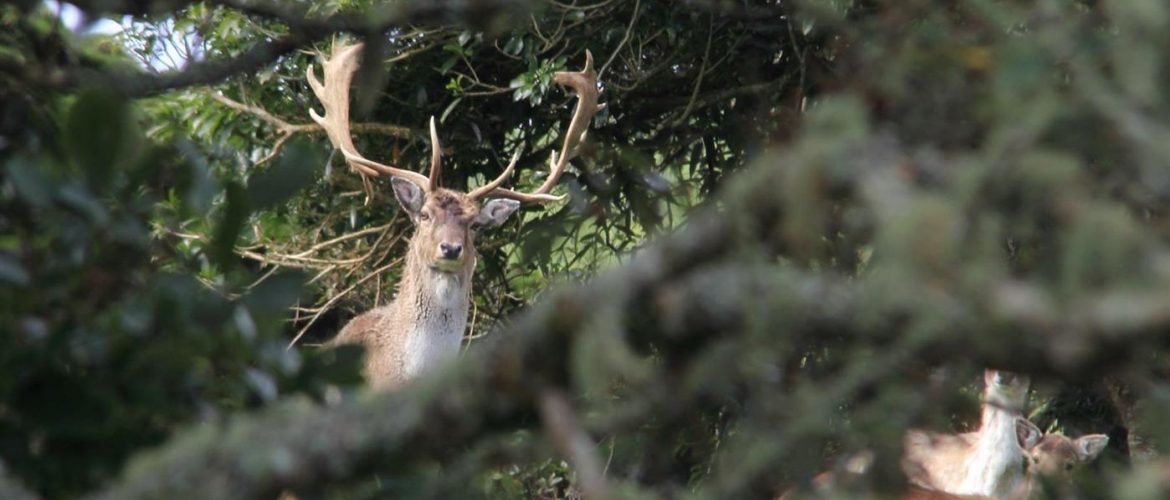
I grew up in Frankston with hippie parents and was lucky enough to have an idyllic childhood fishing and surfing most weekends. As I turned 18, hunting began to take over my life and fallow deer in particular have been a constant companion and food source for me. I moved to New Zealand in 1998, and although I unreservedly identify as an Australian, it has become home due to the freedom I enjoy here as a hunter and sporting shooter. Australia’s got some cracker fallow deer for sure. Not only that, the numbers are huge, giving hunters a chance to pick from any number of good bucks in a mob. But for the most part, bucks clearing 220 DS are harder to come by. They are also usually a long drive from home, require access to private land and, of course, the usual legislative fun time Australia seems to impose on everything.
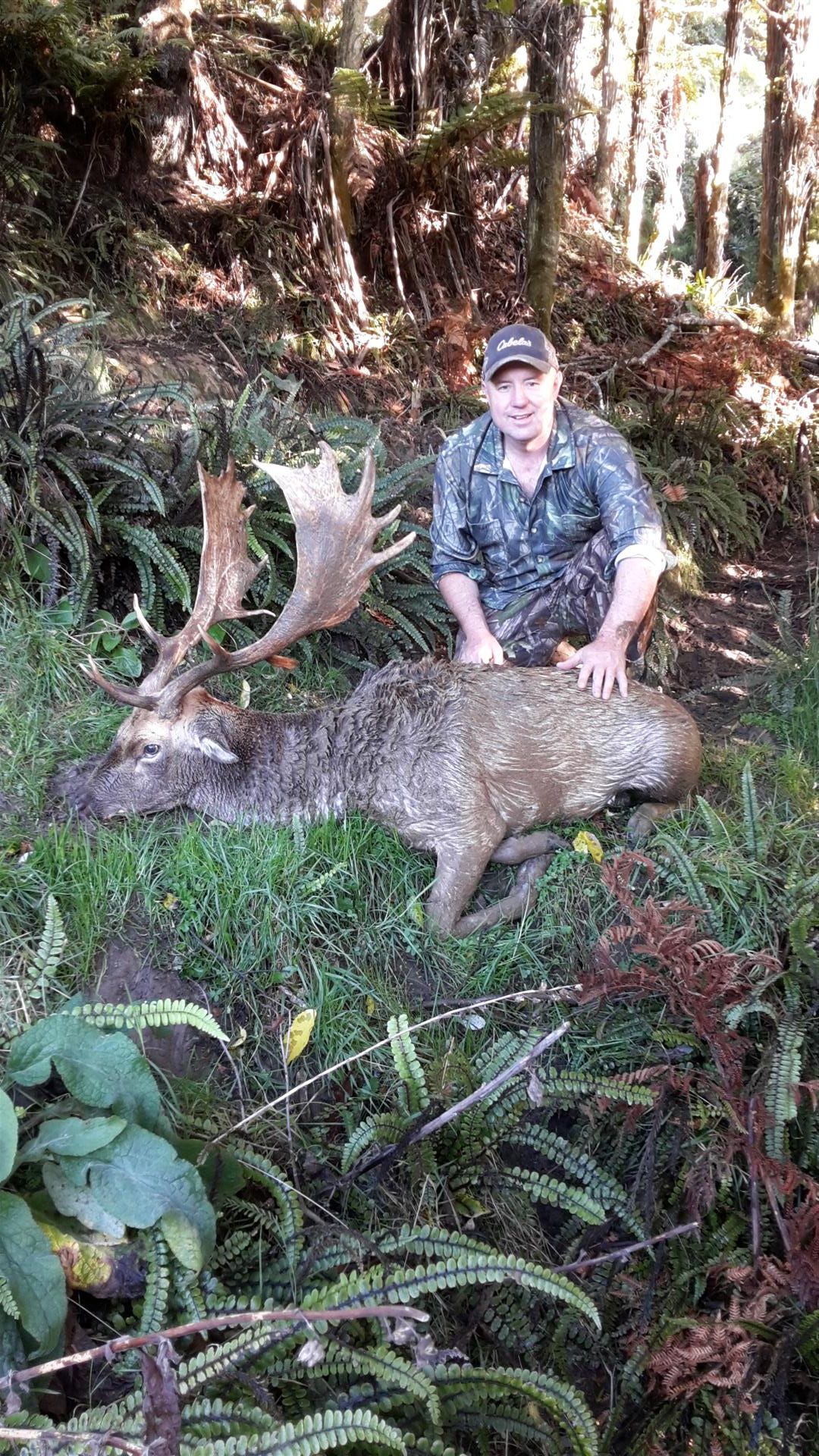
On the greener side of the ditch, fallow deer make up a big chunk of the deer available to hunters and given the small size of the country, they are never far from an international airport. Airfares are cheaper than ever, and Aussies now have a chance to nudge some Kiwi fallow deer for as little as a few hundred dollars. In Kiwi land, firearms legislation reflects the fact New Zealand is still a nation of hunters and fishers with access to seemingly endless open areas to hunt in. Let’s not forget the best part, semi autos and pump guns are just part of the fun here, so are suppressors and a .50BMG is a common site at a gong shoot here. A tourist firearms license is easily obtained at the airport and the police almost seem to work for Tourism New Zealand, being exceptionally helpful getting your rifles in and on the way to the hills. Ex Sydney, for $400-$500 return, six hours, seven beers and a movie later, you will find yourself relaxing on the deck of a woolshed on the lower north island with a cold one, watching mobs of fallow on an emerald hillside.
Fallow can be found in both small and large ranging herds from one end to the other of both islands, but the herd in the Whanganui area of the lower north island is by far the largest and most accessible. It covers a huge area of farmland, regenerating bush and scrub, as well as pine forests, alpine tussock and native forest. The deer numbers would be hard to estimate, but in the Ruatiti area alone it is estimated there are over half a million, and the numbers on farms must exceed that many times over. It is on these farms where most Kiwis chase fallow for the freezer and, during the rut, trophies. Unfortunately for the Whanganui herd, the most common deer type are the black “dama dama” fallow, and they pretty much all carry a filthy cleft in their less than impressive palms. The “Spanish” or spotty fallow are just as ugly, but their numbers and accessibility make them an awesome resource, with almost every rolling sheep and beef farm having a herd hiding in a corner.
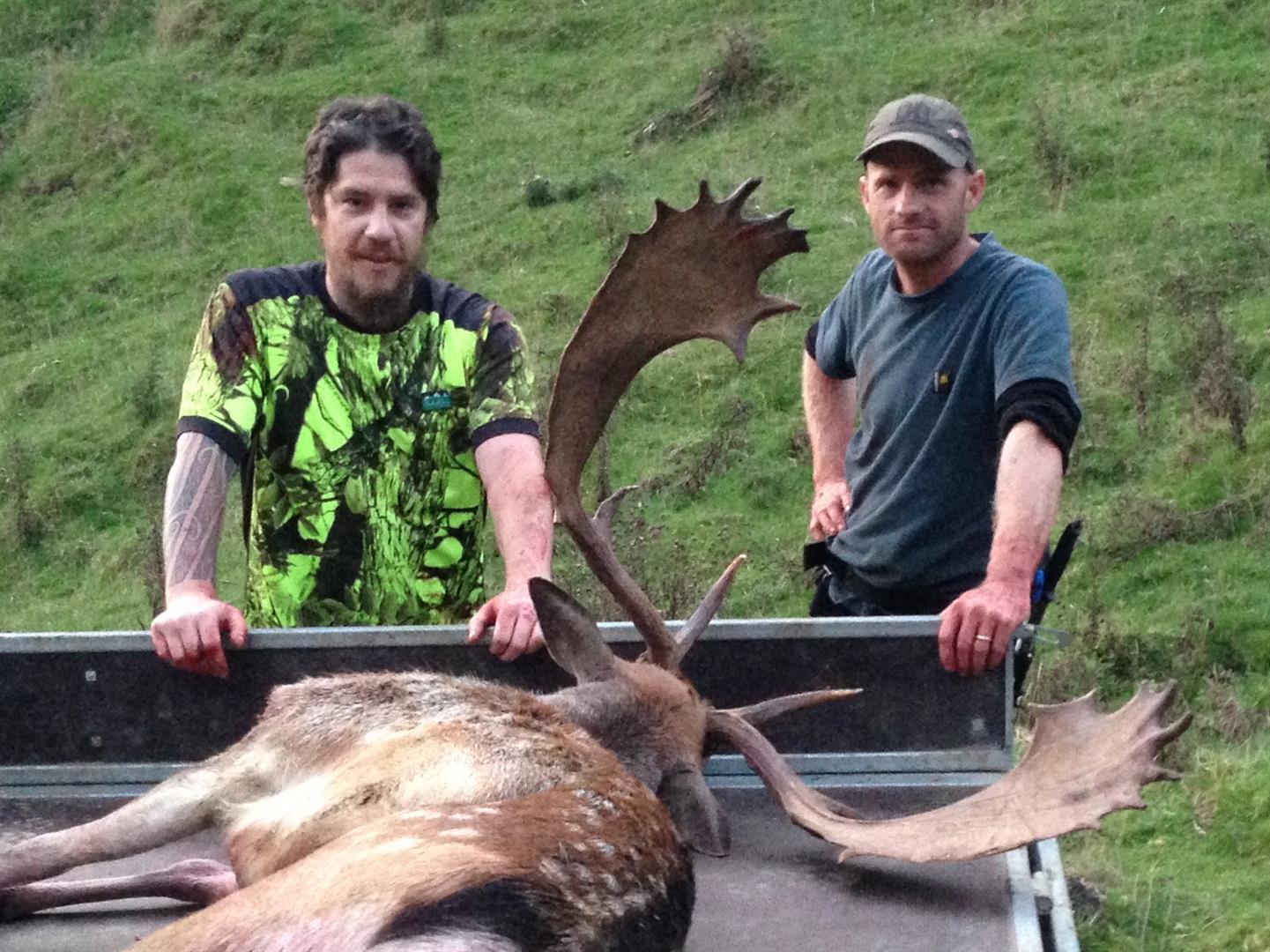
As a result, many farms allow hunters on to roll the odd deer for a bit of the folding stuff. It usually covers the shearers’ beer fund, fertilizer or the odd bit of fencing. Some farms have gone a step further by getting a guide in to manage the herd and organize clients. In several instances, the herd has been improved as a result. There have been the odd “escapes” of new blood too, and more and more often Hungarian genetics are finding their way in to wellmanaged pockets of farmland within the greater Whanganui herd. With cull animals constantly under hunting pressure around these escaped trophy animals, the result has been nothing short of game changing, with fallow between 230-260 common in places. One of the wonderful things about New Zealand’s size, being so small, things are easier to manage, particularly as farms in the Whanganui region are rarely over 2500 hectares.
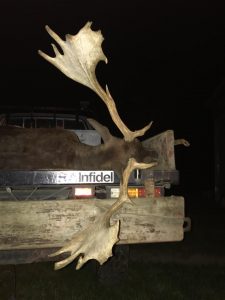
There are endless places you can hunt in the lower north island for fallow. They fall into three distinct categories: DOC “department of conservation” land, where it is free to hunt; farms with highly affordable small-scale guided operations; and the big internationally focused ranches. Of all of these, the best places to hunt are, by far, the big-scale ranches like Poranui and Aotearoa Safari’s, where huge, farm bred fallow can be secured easily for the real trophy collector. They also offer world class accommodation and chefs with easy hunting on well tracked properties. It is not my cup of tea, but each to their own, and these parks and their genetic contribution to wild herds through escapees is undeniable.
Farms that have been focusing on improving their herds of free range, fair chase fallow are pretty common. There are a few that really stand out, and the one I will speak of next, I had the pleasure of being involved with for many years. In 2006, I began my journey as a hunting guide when I purchased a steep, unforgiving scrub block approximately 45 minutes out of Whanganui. My wife and I built a hut in 19 hours, in which we lived together for over four months. It was tough going, but we loved it. Trapping fur, growing food ourselves and building; the work was hard, but satisfying. If you want to toil against nature, you will toil all right! This land is hard, very hard, and no one has tamed it yet. You cut an acre of scrub, and in the time you do that, the bush takes it back elsewhere. So how do you win? You fight harder. In part, I blame Henry David Thoreau, his writing and in particular one of his more notable quotes:
“I went to the woods because I wished to live deliberately, to front only the essential facts of life, and see if I could not learn what it had to teach, and not, when I came to die, discover that I had not lived.”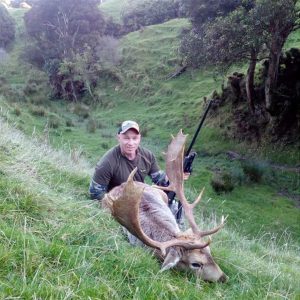
Nothing was going to stop me and the hours I worked began to take their toll. Permanently injured, always in pain and most of my days were spent alone with my thoughts. Twelve hours with the ever present scream of my chainsaw as I cleared grazing land for the deer. The searing pain in my forearms and back as I stooped, clearing the low manuka brush, all the while thinking of the mortgage, debt and responsibility. I kept reminding myself that every dollar I spend now, will be worth ten in a few years. I was destroying myself, but I was justified, proving myself worthy of her love. I was building her a home, clearing her land, building her the security she so desperately wanted, chasing the dream of being a hunting guide on my own land.
We lived on game meat. We had to really; every cent we made went into the building of our house. We would work all weekend together on the farm, and my wife would work all week as a school teacher. We needed a bit of fun, so every Thursday we met at the local pub for “gumboot jug” night and on Sunday mornings we would go to pistol club and I could grab a shower it town too. I needed one by the end of the week! It was on one such trip to and from town that I met a “real” farmer, and had a good chat about farming, fencing and the crazy adventure my wife and I were undertaking further up the road. Lyndsey was his name and we chatted on numerous occasions. The topic of deer came up often, and when offered the chance to guide clients on his stunning hill country Angus stud farm, I, of course, jumped at the opportunity.
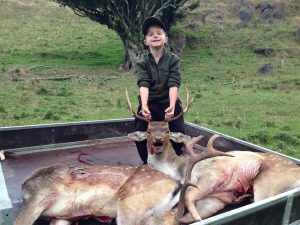
Over the past 10 years I have had the pleasure of guiding literally hundreds of clients on Lyndsey’s property for trophy animals, and primarily meat animals, in a desperate effort to manage and improve the resident free-range fair chase herd of fallow deer. With fantastic access, heaps of good tucker and some good genetics present from the beginning, we’ve been able to carefully manage the herd to the point where we now have many deer over 260DS on the property. With 32 fixed trail cameras on the property, as well as three digital security cameras, we’ve been able to not just watch the deer herd improve, but actively track its growth and the progress of individual animals. In 2015, with overseas commitments pulling me away from my role managing the herd, I was fortunate enough to meet Hamish Luce, a local fella with aspirations of guiding full time having just left the military. We have continued to develop the herd together, alongside Lyndsey and his farm manager, who both “tolerate” the deer.
I’ve now stepped away from guiding for many reasons, the biggest being my deteriorating health from 20 years of brutal abuse on my mind and body as a soldier, military contractor and adventurer. I’ve chosen to focus on writing and firearms instructing these days, but I still get out there regularly to cull rubbish and photograph the deer I worked so hard to protect and develop. Lyndsey’s property is a real success story in regards to management. With dama dama type deer making up 95% of the herd 10 years ago, they are now down to less than 20%. Hungarian genetics have been allowed and encouraged to thrive and there is still the odd Mesopotamian type fallow kicking about, although they have a bad habit of killing themselves in fences, or tangling their heads up in vines. Despite the high numbers of deer on the relatively small 2000 hectare property, hunting these fallow still poses some real challenges. With no high wire, they go where the does and the best tucker are, and if that’s the neighbour’s place, then so be it. As a result, herd gains have been made on every property in the area, with huge bucks turning up in places that have never had quality animals before.
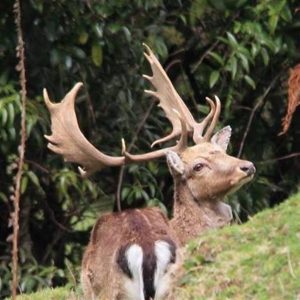
The third way to get onto fallow deer is via the DOC website, where you can easily get yourself a free hunting permit. There is even a detailed document on the Whanganui region listing all the huntable land, the game animals it holds, and how and where to access it. The Mungaparoa valley is particularly good, holding red deer, more goats than you can carry ammo for, pigs and of course some great fallow. After the Great War, the Mungaparoa valley was intended to be the next great farming area, with several bridges and roads going into the area. But the bush clawing its way back, the constant rain throughout the winter months and the slip prone nature of the country, quickly stopped large scale farming. The whole area is now a regenerating mix of pasture, manuka scrub and native forest. There is the odd 200DS fallow here and deer numbers are incredibly high in patches. Access is usually by jet boat or a long walk in, unless you’re in with the locals who can run you in on a quad or horses. Horses are by far the best way to hunt here as you can utilize the numerous tracks through the regenerating farmland around the “bridge to nowhere”.
New Zealand is a wonderful place for Aussie hunters to visit. Given its proximity, I would encourage everyone to have a look online at options and pop over for a hunt. If you would like to hunt the Whanganui property, or chat to a local, I’d recommend Hamish Luce of “Muddy Waters Hunting” as a good point of contact. You can find his business on Facebook.